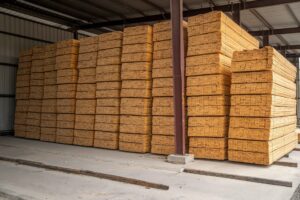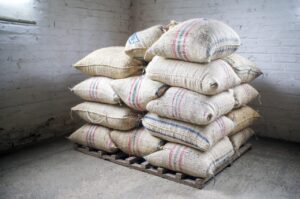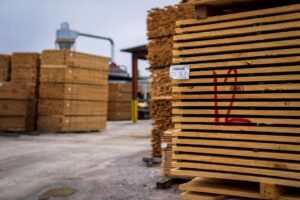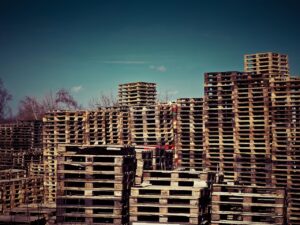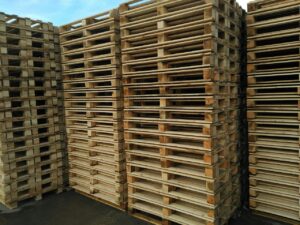1. Introduction
Bamboo-based construction materials are gaining popularity due to their eco-friendly nature, strength, and sustainability. These materials include bamboo panels, flooring, decking, roofing sheets, and scaffolding. With increasing global demand for sustainable construction materials, exporting bamboo-based products presents a significant business opportunity.
2. Market Analysis
2.1 Industry Overview
The global market for bamboo construction materials is growing at a CAGR of 7-9%, driven by increasing sustainability awareness, government policies promoting green buildings, and demand for renewable alternatives to traditional construction materials.
2.2 Target Market
Green building developers
Construction companies
Interior designers and architects
Government infrastructure projects
Export markets such as the USA, Europe, and the Middle East
2.3 Competitive Advantage
High durability and strength-to-weight ratio
Eco-friendly and rapidly renewable resource
Cost-effective compared to traditional hardwood materials
Strong demand in international markets due to sustainability initiatives
3. Project Cost and Investment
3.1 Fixed Capital Investment
| Item | Cost (INR) |
|---|---|
| Land & Building (Rent) | |
| Machinery & Equipment | |
| Bamboo Processing Unit | |
| Packaging & Storage Setup | |
| Miscellaneous Expenses | |
| Total Fixed Capital |
3.2 Working Capital (3 Months)
| Item | Cost (INR) |
|---|---|
| Raw Materials (Bamboo) | |
| Labor Wages | |
| Utility Bills | |
| Marketing & Export Documentation | |
| Logistics & Shipping Costs | |
| Miscellaneous | |
| Total Working Capital |
3.3 Total Investment Requirement
Fixed Capital + Working Capital =
4. Production & Export Process
Bamboo Sourcing – Procuring raw bamboo from sustainable sources.
Processing & Treatment – Cutting, drying, and treating bamboo to enhance durability.
Manufacturing – Producing panels, flooring, and other construction materials.
Quality Control – Ensuring international standards for export.
Packaging & Logistics – Preparing products for export and managing shipping logistics.
Export Compliance – Handling customs clearance and regulatory requirements.
5. Revenue Model & Profitability
5.1 Expected Sales & Pricing
| Product | Selling Price per Unit (INR) | Monthly Production (Units) | Monthly Revenue (INR) |
|---|---|---|---|
| Bamboo Flooring (per sq. meter) | |||
| Bamboo Panels (per sq. meter) | |||
| Bamboo Decking (per sq. meter) | |||
| Total Monthly Revenue |
5.2 Monthly Expenses
| Expense | Cost (INR) |
|---|---|
| Raw Materials | |
| Labor Wages | |
| Utility Bills | |
| Marketing & Export Costs | |
| Logistics & Shipping | |
| Maintenance | |
| Miscellaneous | |
| Total Monthly Expenses |
5.3 Monthly Profit Calculation
Revenue – Expenses =
5.4 Annual Profitability
6. Break-Even Analysis
Break-even Point (BEP) = Fixed Costs / Contribution Margin
Fixed Costs =
Contribution Margin = Selling Price – Variable Cost per unit
Assuming an average contribution margin of 50%: BEP =
7. Funding Options
Government Schemes (MSME loans, Startup India benefits, Export Incentives)
Bank Loans & Credit Facilities
Private Investors & Venture Capital
Export Promotion Council Support
8. Sustainability & Future Growth
Expansion into prefabricated bamboo housing and modular construction
Development of bamboo-based insulation and composite materials
Strengthening global export partnerships


